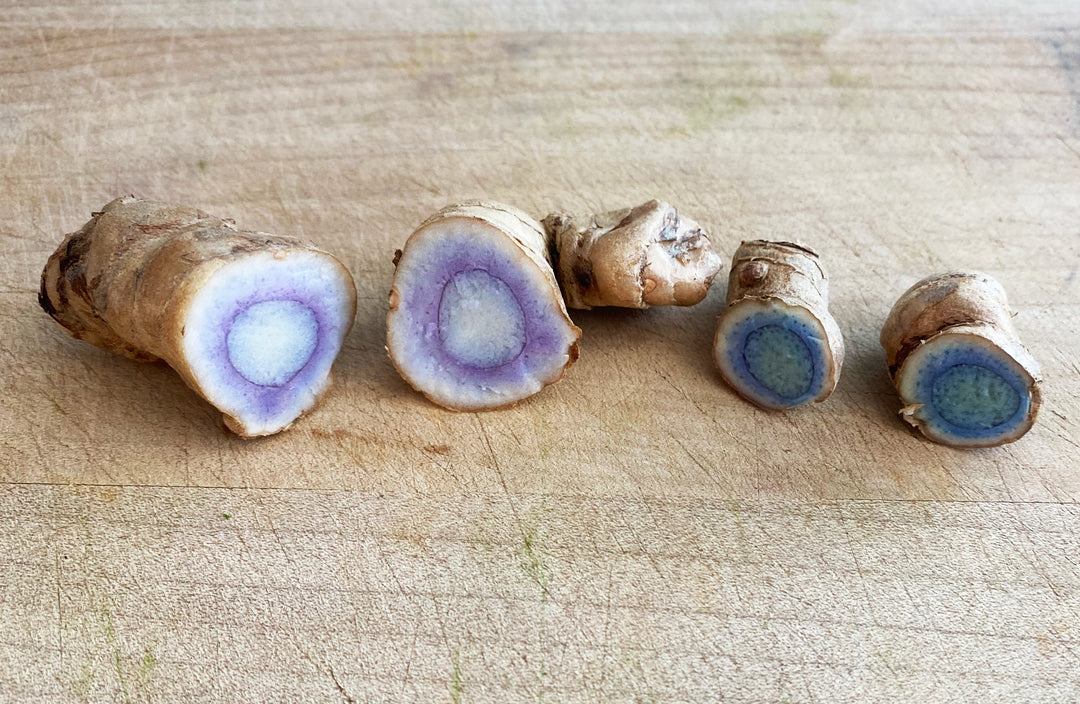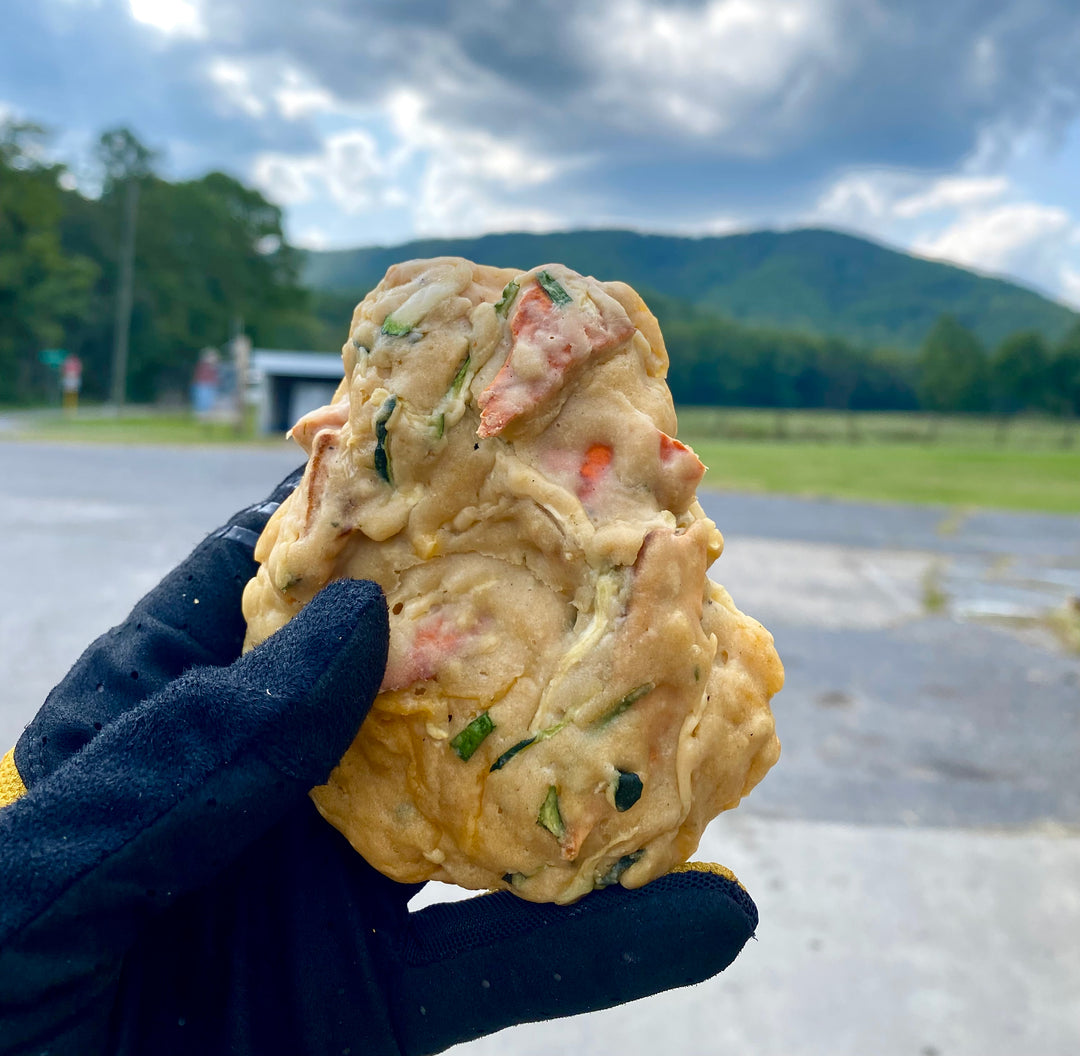Artificial Colors/Food Dyes; Are they as SPOOKY as they seem?

October, the month of scary movies, spooky decorations, and where I am right now in Flagstaff, Arizona, creepy-crawly tarantula migrations (EEEK)!

What else is spooky this month? Some parents would definitely say the amount of candy and sweets their kids are exposed to on a now incessant basis with Halloween creeping around the corner. It’s not just children though, we’re all exposed to more sweet treats than usual this month, and it can be easy to give in to nostalgia and festivities.
Whether it’s Halloween candy though, or maybe you’ve adopted a candy-craze to support your ultrarunning carbo needs, there are some reasons to remain skeptical and cautious surrounding these ultra-processed, fantastically-colored, supernaturally-flavored confectionaires, and I’m not just talking about the sugar content.
While these colors are added to subconsciously attract us, like a bumble bee to a colorful flower, FOOD DYES have some spooky baggage, with research warning us to stay away.
Hold up! Before we dive in- everything in our food system has to be tested by the FDA, therefore whatever color Jelly Belly plops into the palm of my hand is safe, right?! Well, food additives most often fall into the category of “generally recognized as safe (GRAS)”. Essentially, this means they are innocent until proven guilty. When serious side effects are on the table, “guilty” is a little late in regards to your health.
There have been hundreds of food dyes introduced over the decades of food engineering, and hundreds of them have been thrown out AKA banned once proven toxic. The synthetic dyes that remain fall into the dubious GRAS category and are made from petroleum products. Meanwhile, many of them have been banned, severely restricted, or used with WARNING labels in Europe and many other countries.
Commonly, a food additive is allowed to flourish throughout the food supply as GRAS, and then sooner or later, research proves it to be toxic and it’s rescinded, but only after our food supply, bodies, and water have become irreversibly exposed.
In the latest headline example, Red No. 3, which is currently approved by the FDA, was banned in California. Four food additives in total were banned in California last week. This puts pressure on the FDA to consider a nationwide ban, thanks to consumer and environmental protection groups.
Here’s a ghost story for you: Red No. 3 was actually banned in cosmetics and externally applied products back in 1990 due to causing cancer in rats. Yet somehow consuming it has remained GRAS, allowing it to proliferate through the food supply from Peeps marshmallows, Jelly Bellys, Candy Corn, and Double Bubble gum to Yellow Rice, Pop Tarts, and Betty Crocker Potato Casserole. See an extended list of Red 3 containing food items here.
Food dyes across the board are most commonly cited for their link to hyperactivity in children such as ADD and ADHD, but Red 3’s link to cancer put it over the top into the real red zone for California. The group of scientists we can thank for axing this color is also trying to remove another 8 synthetic food dyes from the FDA’s approved list.
Hyperactivity, memory problems, allergic reactions, eczema, hives, asthma, neurotoxicity, autoimmune disorders, cancer, liver toxicity, GI diseases… These are all conditions linked to synthetic food dyes.
Research is often controversial on this topic but it is growing despite stiff opposition from the large, conventional food companies using these food dyes. "The purpose of these chemicals is often to mask the absence of real food, to increase the appeal of a low-nutrition product to children, or both”, says executive director of CSPI (Center for Science in the Public Interest), and ultimately to increase profit.
Why not err on the side of caution when it comes to additive chemicals in foods? Prevention is better than the cure, right?!
For one final BOO, artificial food dyes are not only in brightly colored candy and sweets, but present in all types of processed foods like salad dressing, tomato sauce, breads, pickles, even smoked salmon. According to one study, 43% of all foods in a grocery store contained artificial colors. BEWARE!
The good news is that you can avoid them by shopping organic over conventional and checking ingredients lists. Organic candies, cookies, cereals and other foods are often colored from natural sources like beet juice, beta carotene, and turmeric. No side effects there, just some antioxidants in fact! When looking at ingredients lists, avoid numbers (ex. Yellow 5) and choose recognizable ingredients.
Here’s some suggestions for organic, naturally colored candies for Halloween or even your next run!
YumEarth, Justin’s, Annies, Unreal Snacks, Surf Sweets, Black Forest Organics, Alter Eco, and my personal favorite, Panda Licorice!


References
https://www.healthline.com/nutrition/food-dyes
https://www.nytimes.com/2018/12/28/well/eat/food-additives-banned-europe-united-states.html
https://www.npr.org/sections/health-shots/2023/10/17/1206283813/red-dye-food-products-fda-ban
https://www.greenmatters.com/health-and-wellness/foods-with-red-dye-3
https://pubmed.ncbi.nlm.nih.gov/17825405/
https://www.sciencedirect.com/topics/agricultural-and-biological-sciences/tartrazine
https://pubmed.ncbi.nlm.nih.gov/25599186/
https://pubmed.ncbi.nlm.nih.gov/23026007/
https://www.ncbi.nlm.nih.gov/pmc/articles/PMC4721164/
https://www.oxfordreference.com/display/10.1093/oi/authority.20110803100344375
https://journals.sagepub.com/doi/abs/10.1177/0009922816651621?journalCode=cpja







Leave a comment